Across the street from the Cuervo distillery is a visitor’s center called Mundo Cuervo. To get into the Rojeña you have to give a secret knock at the door. I’m not sure what this is about. Maybe just to lull you into thinking that some quiet little abuela is going to open up the massive wooden doors and let you into the secret garden when instead what happens is that there’s a woman dressed up as Mayahuel, the goddess of tequila (you didn’t know there was a goddess of tequila?) who chants and lifts up a burning pot of copal just before the ayi-i-i-i-i-i’s start up and two charros, a father and son team, start twirling ropes and a mariachi band goes into action.
It’s all kind of hokey, sure, but it’s also kind of fun (helped along by the margaritas they start handing out). And, as you can see, makes for tremendous visuals.
But the highlight of the day was a tequila tasting given by Ana Maria Romero, a tequila master who has developed an “aromatic circle of tequila” for agave heads who not only want to identify the orange blossom in their blanco tequila and the walnut in their reposado, but—from just a sip—can tell you whether the tequila is from Arandas or Teuchitlan.
“The flavor of the agave grown around Arandas is sweeter and more intense,” says Ana Maria. “That’s because there is more iron in the soil and this makes the agave larger and they produce more sugar. A tequila with more of a herbal taste—pepper, mint, artichoke—probably was made with agave grown in the Valle de Tequila.”
Okay, I tasted about a dozen different tequilas with Ana Maria and I can’t say I ever picked up on the artichoke. But I did get the sugar thing. And maybe, just maybe, the next time someone blindly serves me nice blanco I’ll be able to sniff it and say, “Ah…from Arandas, I’m sure.”
Or not.

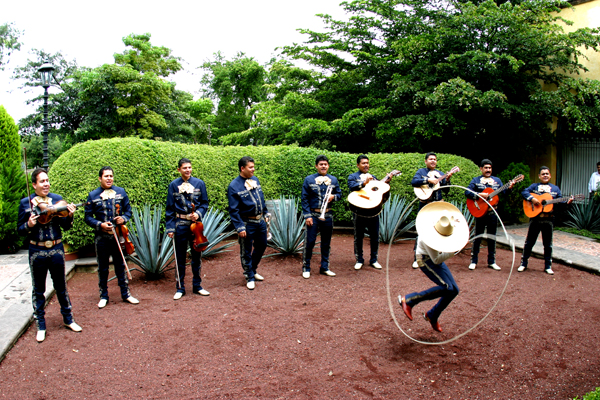
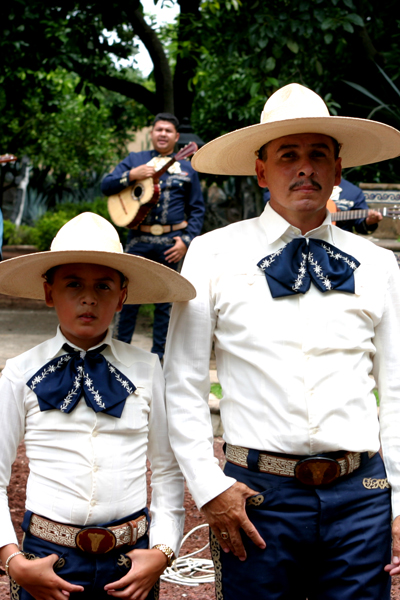
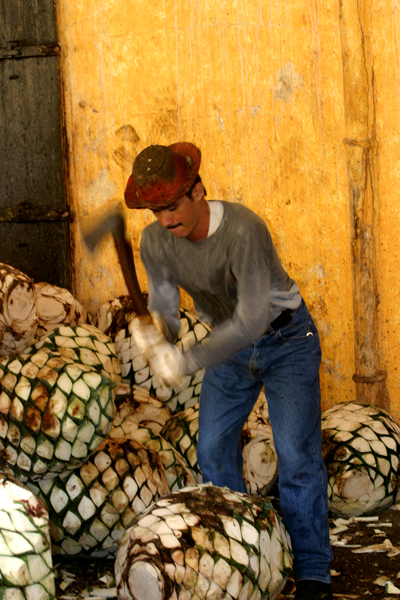
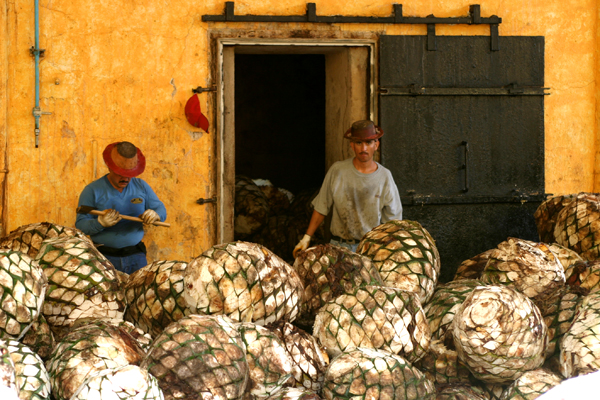


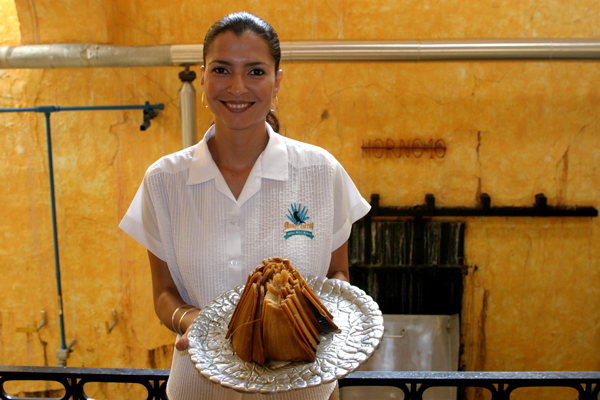

Recent Comments